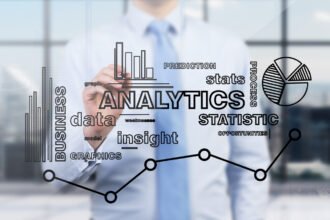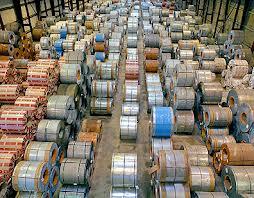Today’s HR leaders face unprecedented challenges in making the most of their human capital investment. Change is the only constant in today’s business world. Compliance legislation, global competition for talent, outsourcing labor, offshore locations with remote workers, and an aging population are just some of the unique business challenges faced by organizations today that were unheard of a generation ago.
Today’s HR leaders face unprecedented challenges in making the most of their human capital investment. Change is the only constant in today’s business world. Compliance legislation, global competition for talent, outsourcing labor, offshore locations with remote workers, and an aging population are just some of the unique business challenges faced by organizations today that were unheard of a generation ago. Successful organizations in today’s market need to re-evaluate and re-invent their business tools and processes—and most importantly, make organizational changes based on facts with insights into what changes will keep them competitive and successful.
In order to excel in today’s complex business environment, HR leaders are challenged more than ever to make sound business decisions with confidence. In order to make those informed business decisions, executive leaders need the right data. This has created a growing demand for workforce analytics, which are more informative, insightful and accurate than ever before.
However, organizations continue to struggle answering the most important and fundamental question regarding workforce analytics: What should we measure about our workforce?
The reality is that the most commonly measured workforce metrics do very little to help HR professionals and business leaders achieve real insight into maximizing their human capital investment. To make better business decisions regarding their workforce, leaders need to see the connections in their workforce data and examine comprehensive workforce topics.
In order to achieve true business impact, employers should be measuring five critical performance indicators—or workforce topics, that will positively affect their organization’s productivity and profitability:
1. Critical Talent Retention
2. Recruiting Effectiveness
3. Productivity
4. Compensation and Pay Equity
5. Performance Management
HR Metrics, including time to hire or employee turnover, simply do not get to the heart of how people (and people strategies) are affecting organizations. To glean these deeper insights, HR leaders need to focus on related metrics that highlight the connections that drive business performance and productivity.
Download this white paper and discover how to:
Measure what matters most. Uncover real insights about your workforce, and drive the necessary changes, that will keep your organization competitive and successful.
Make the connection between related HR metrics, in order to see “the big picture.” Help understand the contributing factors and drivers about your workforce, in order to create more effective actions plans.
Stop collecting individual and unrelated workforce metrics. Start measuring powerful workforce analytics to improve performance and profitability.








